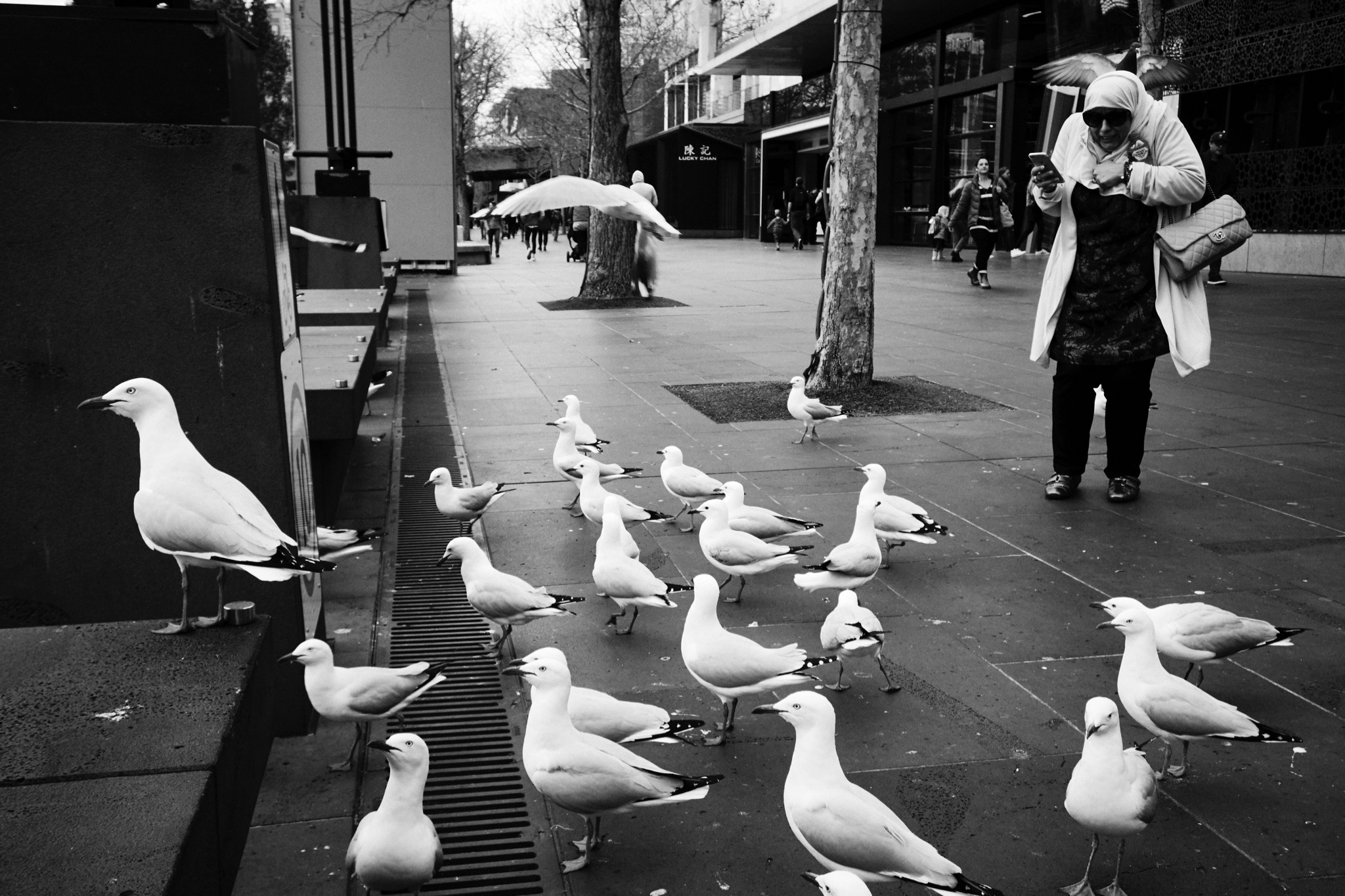Best Fuji Lens for Street Photography - 24mm F8 Body Cap Review
Human are always contradictory: we say we’d like to save the environment, while we generate lots of waste each day; We say we’d like to be healthy, while living in a unhealthy way of eating and working; We say we’d like to have a young heart, while becoming more and more realistic in a materialistic world…even when I escaped to the lonely island of street photography, there is also a contradiction: photographers say street photography is all about content while arguing about the image quality of gears.
There have been many street photography masters who have been regarded as classics in history, and their works have become a model of street photography. When we appreciate their works, we see the story of the photos, the emotions expressed, and the deep sense of the age. We don’t ask questions about various equipment parameters: do these photos have high enough mega pixels? What is the dynamic range of the photo? Is the sharpness of the lens good enough? What is the control of vignetting and distortion? Many street photographers today can comment on the photography gears, but they may not have many good work. They forget that the essence of street photography lies in the street, equipments are only a tool used to record it.
If we must talk about equipments for street photography, what kind of lens is suitable for street shooting? Don’t forget that the context here is street photography. It is not difficult to imagine that a suitable lens should be as small and light as possible. If the photographer uses autofocus, the lens should focus faster (of course, the focusing speed also depends on the camera body), the focus motor should be as quiet as possible; For manual focus shooters, the lens should preferably have an aperture ring and a focus distance scale. In addition, image quality related parameters, such as lens resolution, distortion, etc., should be sufficient. We can see that the requirements for IQ are the most vague, or the least quantifiable, because for street photography, image quality is not the most important. Especially when we see the work from classic street photographers, whether it is Bresson, Garry Winogrand or Helen Levit, based on today’s evaluation criteria, they may not be good at any of todays IQ measurements, but this doesn’t stop them being classics.
Based on all above, the body cap XM-FL 24mm F8 fulfills most of the requirement of a good street photography lens: 2cm thick and weighs 32 grams, very compact on X-Pro2.

This lens only has a constant aperture of F8, so there is no aperture ring, and it can only focus at one meter to infinity. These are not a problem in street photography, and it is not only a problem, but in a sense, it is an advantage. It’s as if we say that street photography generally recommends a prime lens instead of a zoom lens, because zoom lens gives you a choice of various focal lengths and you can’t concentrate on the field of view of a single focal length like a prime lens; likewise, there is no aperture ring, so you don’t need to consider what aperture to use (for depth of field). If you can’t focus, you don’t need to adjust the focus from time to time.

There’s a rotating tap that lets you switch between different filter modes, however, I’d rather have one without the filters if it can be made even smaller.

For many types of commercial photography, this lens might be just a toy, but on the streets, its limitations let you concentrate on your surrounding and forget the lens, the camera, even yourself.








